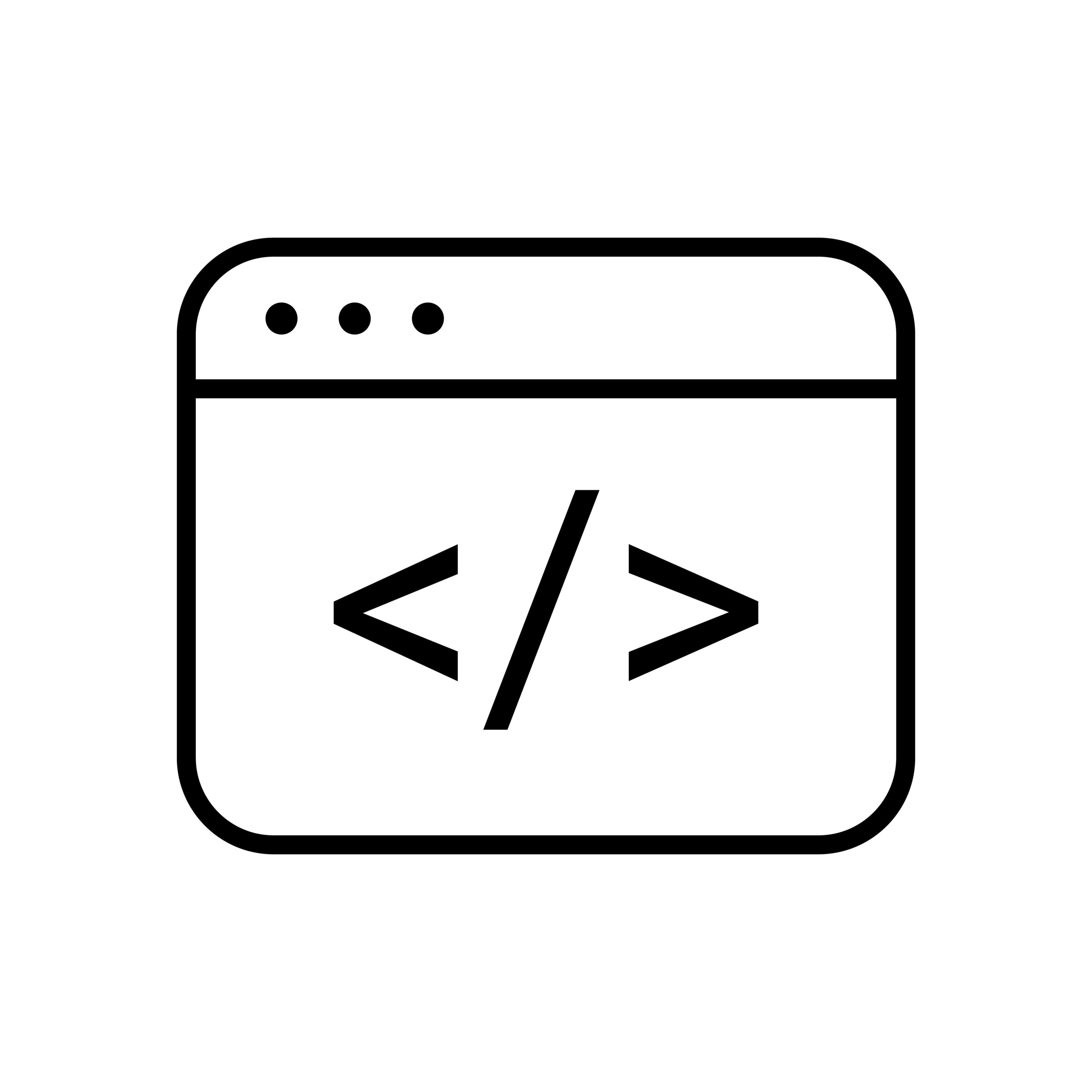Further Uncertainty Awaits Music Marketplace in Wake of Second Circuit Decision
In a non-precedential summary order on December 19, the Second Circuit affirmed a decision interpreting the BMI consent decree, which governs Broadcast Music International, a performance rights organization (“PRO”) that gathers music rights together to be packaged in a single blanket license. The details of the music battle and its implications are discussed in my previous posts [1, 2, 3, 4]. The affirmance means that BMI can not only fractionally license, it can do so under the consent decree as it is currently drafted. This decision will be terrible for the music industry, enabling new forms of market power that could be abused by license holders to increase prices.
The decision will create confusion in the industry. The ruling only applies to BMI, and it only applies in the Second Circuit. It is also a non-precedential summary order, which suggests that ASCAP can’t rely on it if it wishes to be governed by the same consent decree interpretation as BMI. ASCAP will likely have to relitigate the entire case, and will face a judge that has shown a wariness of past attempts at anticompetitive behaviors that fractional licensing would once again enable. Indeed, Judge Cote – the judge in ASCAP’s case – wrote the opinion that the DOJ heavily relied upon in its Second Circuit appeal. Such a market built on different rules will be hard for music users to navigate.
The Second Circuit could perhaps be forgiven for making such a disastrous decision. The Second Circuit saw their job as purely one of interpretation of the Consent Decree, and therefore did not consider the extensive competitive impacts of their decision. This meant that the ultimate question for the court was only to define a term – right of public performance – that had two plausible meanings. However, questions the judges asked at oral arguments seemed to indicate that competitive concerns were on their mind. The Second Circuit even took the step of suggesting in the summary order that the DOJ file a motion to amend the decree or sue under the Sherman Act if there are unresolved competitive concerns as a result of their decision.
What happens next in the music industry largely depends on what path the DOJ chooses. It also, in some part, relies on how BMI reacts to this win. A Sherman Act antitrust case is a viable option, and the fact that the Supreme Court is on record as saying that BMI’s only product – the blanket license – is price fixing in the literal sense makes for a strong case. The Supreme Court relied on pro-competitive benefits and the protections of the consent decree to rule that BMI’s blanket license is not illegal price fixing. But, the pro-competitive benefits the Supreme Court described clearly implied a full work license (as the DOJ argued to the Second Circuit). BMI’s win here could set it down the path of an existential crisis if the DOJ brings a Sherman Act case against it, depending on the relief demanded. But ending the PROs is probably not what is best for the music industry.
One solution to this problem would be to amend the BMI consent decree so that publishers and license holders can’t game the system by using BMI when it suits them but pulling fractional shares of songs out of BMI when they can exert power to ratchet up prices. This is, in essence, about not significantly tilting the bargaining table in favor of license holders. Music users have thus far managed to assemble attractive music offerings in a world where they already must take licenses from all the major PROs. However, it would be difficult for them to operate if they have to license from all major PROs plus track down and make deals with fractional license holders.
Music users would be forced to make deals under conditions where the owner of 5% of a song can completely bar the use of that song, even if the music user has licensed the other 95% through other deals. License holders would be incentivized to abuse this power as it would not only result in immediate profits, but these higher licenses could be used as comparables to push the price of the PRO blanket licenses higher. And all of this would be done under information asymmetries that make it difficult for music users to determine who owns what rights and how many fractional owners make up 100% of a song. One could imagine that fraudsters could arise in such a confusing market, using the threat of being able to block music users from playing popular content to extort fees regardless of whether they control any interests in music being performed. The current system, while making PROs powerful, at least gives music users confidence that they can play the songs in BMI’s repertoire without issue.
BMI may recognize the significant downsides of a prolonged legal battle and agree to an amendment of the decree. But even if BMI does not agree, the DOJ could make such a motion to amend on its own. Indeed, the significant record suggesting the parties had always intended the blanket license to only include full work rights could allow the DOJ to argue that the consent decree should be amended to fix a mere clerical error. The DOJ and the courts clearly assume that language is clearer with respect to full work licensing than it is in the text. This assumption is apparent in the Broadcast Music Supreme Court case and in mergers that were given far less scrutiny than in the E.U. where fractional licensing is commonplace (see page 6 of Public Knowledge’s comments). Such an argument, if accepted, would substantially lower the DOJ’s burden in showing why the decree should be amended. But even at a higher burden, the competitive concerns and the record suggest that the DOJ would have a good chance of prevailing. And even if the DOJ failed in a motion to amend, a Sherman Act case would still be on the table.








